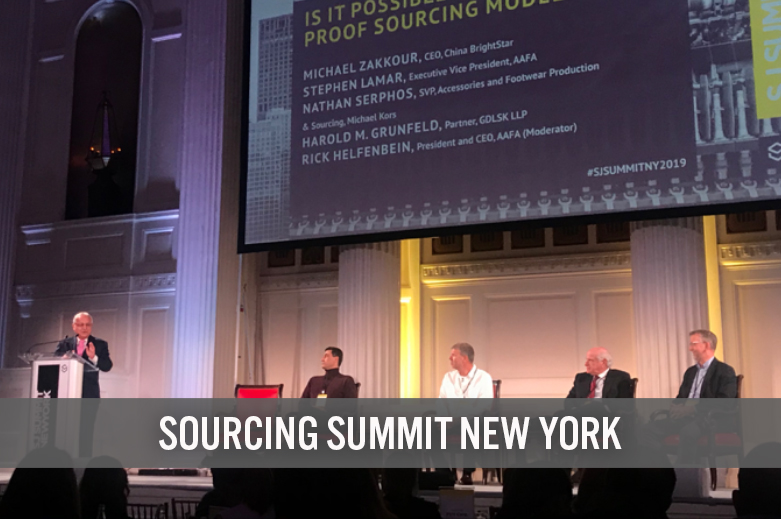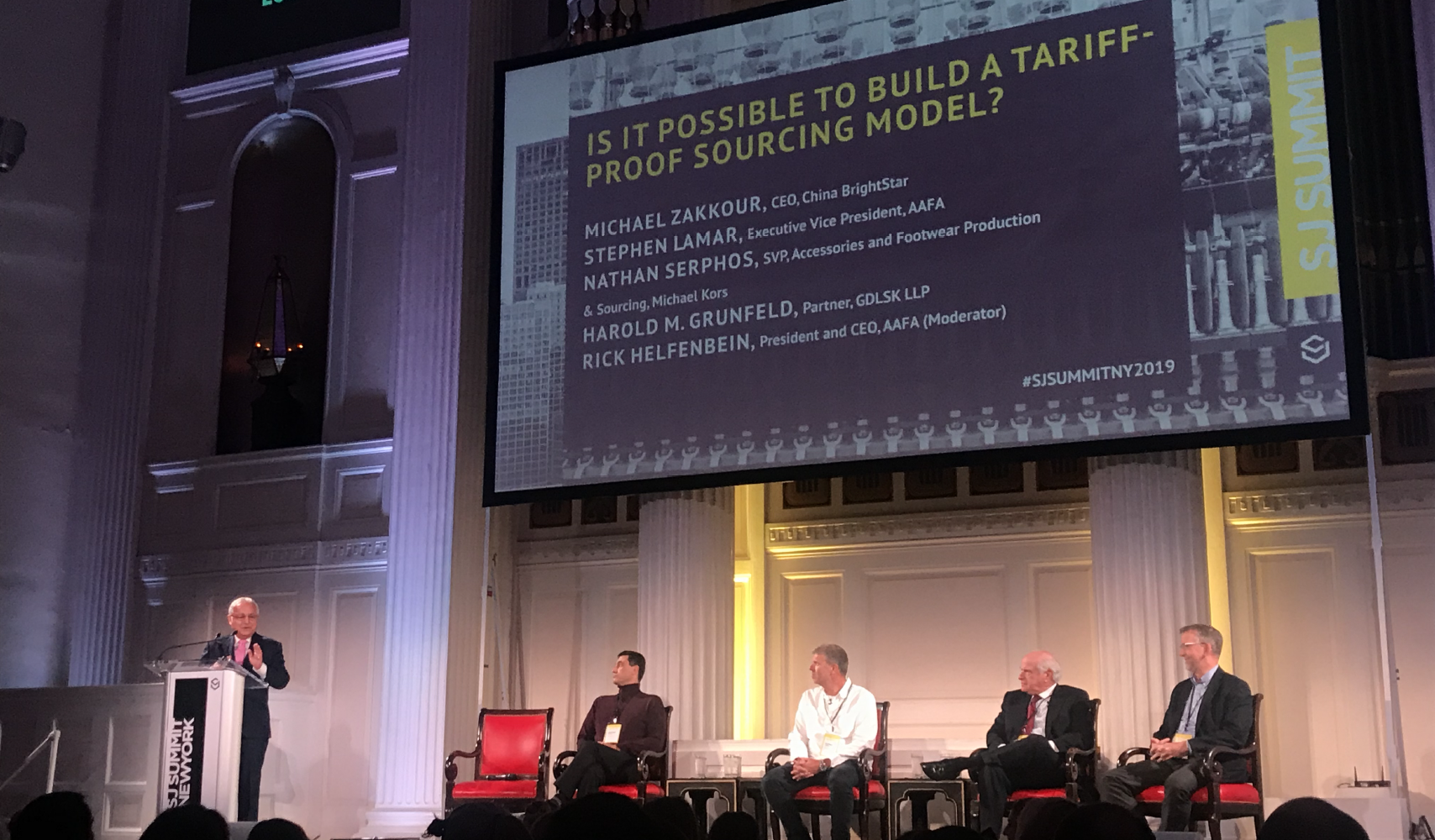
albert Chan
On October 17, the Coresight Research team was at the Sourcing Journal’s Sourcing Summit New York. The event brought together supply chain executives to discuss challenges and new technologies in the industry. Jesús Vega, former Managing Director for Zara-Inditex, kicked off the event discussing the new fundamentals.
The fashion business has changed. It is being forged by more demanding consumers, an ever-changing retail landscape and the emergence of new technologies.
- Today, technology is intrinsic to fashion, transforming how apparel is designed, manufactured, marketed and sold. Innovations in 3D technology and prototyping have digitalized the process, allowing for greater speed and efficiency.
- There has been a “Freddie Mercurization” of consumer habits: They want it all and they want it now. The miracle of Zara is not based on theory, nor on technology: It’s based only on knowing the customer, what they really want, and what they dream about and aspire to.
 Jesús Vega, former Managing Director for Zara-Inditex, talks about apparel’s new fundamentals
Jesús Vega, former Managing Director for Zara-Inditex, talks about apparel’s new fundamentalsSource: Jennifer A. Uihlein/Sourcing Journal[/caption]
Industry leaders are developing new strategies for mitigating sourcing costs.
- China is the largest source of goods for many apparel brands and retailers. The ongoing trade dispute between the US and China has compelled brands and retailers to look for tariff-proof sourcing models.
- A live poll of the audience at the Sourcing Summit found 40% of companies say they had less than 25% of their production still in China. Just 22% said more than 80% of manufacturing remains in China. Over the next year, 35% said they plan to reduce China sourcing by more than 50%.
 Live poll results show that Vietnam might be the biggest sourcing site for apparel retailers after China.
Live poll results show that Vietnam might be the biggest sourcing site for apparel retailers after China.Source: Sourcing Journal[/caption]
- Nathan Serphos, SVP of Accessories and Footwear Production and Sourcing at Michael Kors, said the company would maintain its current pricing strategy, but has moved production to Ethiopia because of its more favorable duty policy. The company plans to train more offshore workers and manufacturers to prepare for the next stage in sourcing. He also forecast that by year end, less than 20% of Michael Kors’ footwear will be manufactured in China, and that the company plans to further reduce that level in 2020 to about 10%.
 From left to right: Rick Helfenbein, President and CEO at AAFA (Moderator); Michael Zakkour, CEO & President at China BrightStar; Nathan Serphos, Senior Vice President of Accessories and Footwear Production & Sourcing at Michael Kors; Harold M. Grunfeld, Partner at GDLSK; Stephen Lamar, Executive Vice President at AAFA
From left to right: Rick Helfenbein, President and CEO at AAFA (Moderator); Michael Zakkour, CEO & President at China BrightStar; Nathan Serphos, Senior Vice President of Accessories and Footwear Production & Sourcing at Michael Kors; Harold M. Grunfeld, Partner at GDLSK; Stephen Lamar, Executive Vice President at AAFASource: Coresight Research[/caption]
Digitally Native DTC brands are focused on brand design, branding and digital ads. And they are interested in solutions that make their products cheaper, better and more efficient.
- Today’s DTCs are shifting from the previous disruptor model that operated on a negative contribution until the brand captured enough market share and economics stabilized, supported by VC funding at high valuations. Now, appetite for growth is based on the efficiency of delivering online ads.
- Value creation had been linear, one-way and isolated. Now, value creation is mutual and continual. DTC brands need to look at revenue opportunities in many channels: media, licensing and commerce.
 Spencer Markel, President & CEO of Peak Theory shares insights on how DTC companies reinvent their businesses.
Spencer Markel, President & CEO of Peak Theory shares insights on how DTC companies reinvent their businesses. Source: Coresight Research[/caption]
Sustainable sourcing at scale is top of mind in the apparel industry.
- Sustainability is a key pillar across the industry, increasingly expected by consumers. A company’s environmental and social impact is increasingly tied to margins.
- But many companies are not responding to the sustainable trend: McKinsey screened 235 online shops in more than 10 countries in the US, Germany and the UK to see what's being bought and offered on the market. The results show the industry still has a long way to go: Only 1% of products were found to be sustainable.
- Some 62% of chief procurement officers see sustainable sourcing as a necessary investment in brand building. Amaya Guillermo, head of Corporate Affairs at Inditex, believes that task traceability, long-term relationships with suppliers and sourcing sustainable materials are must-haves, spanning the entire supply chain.